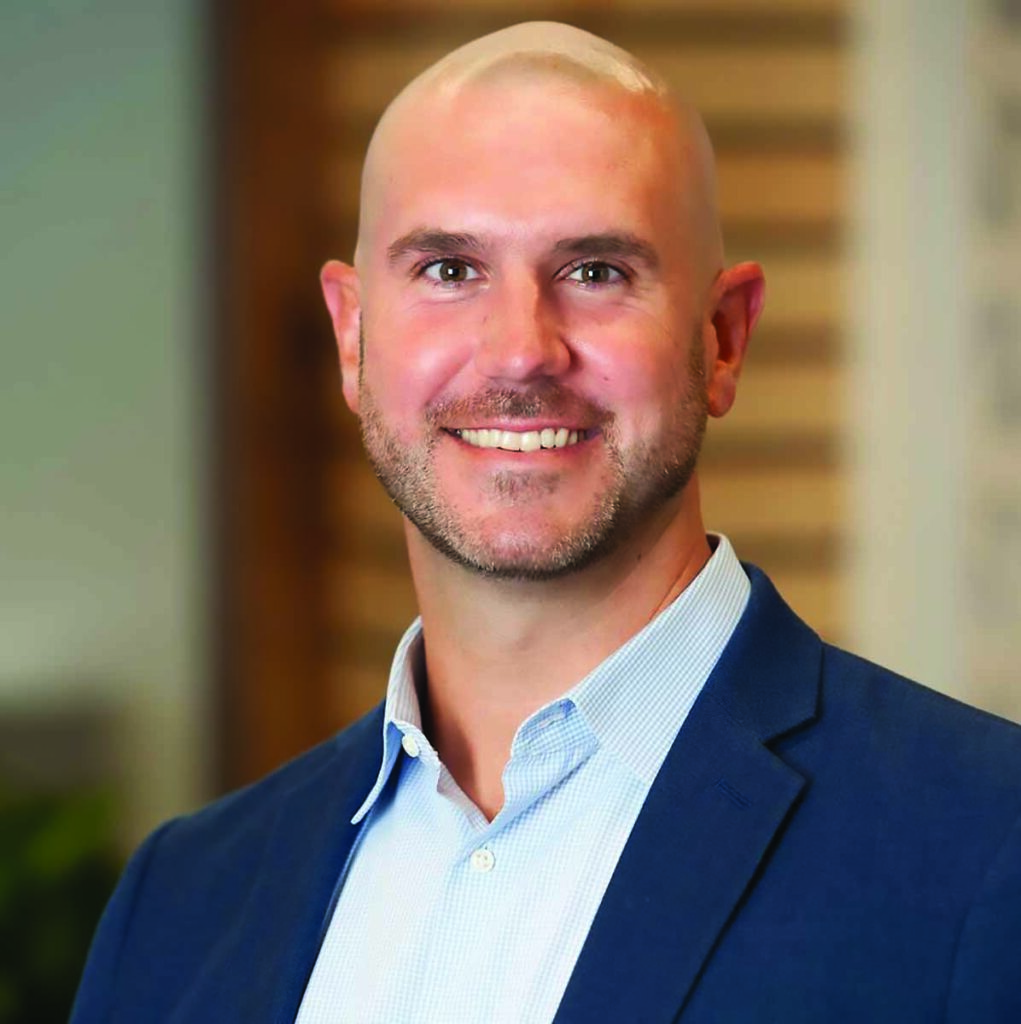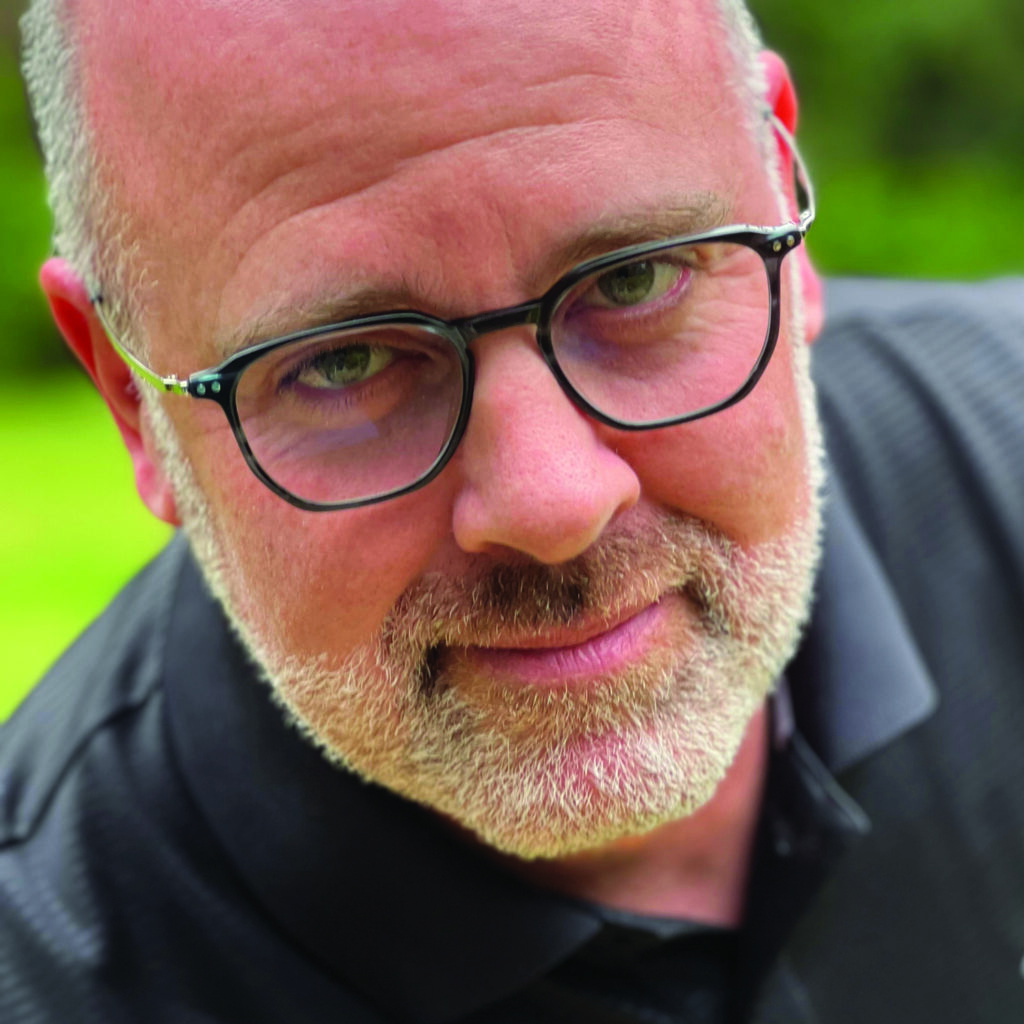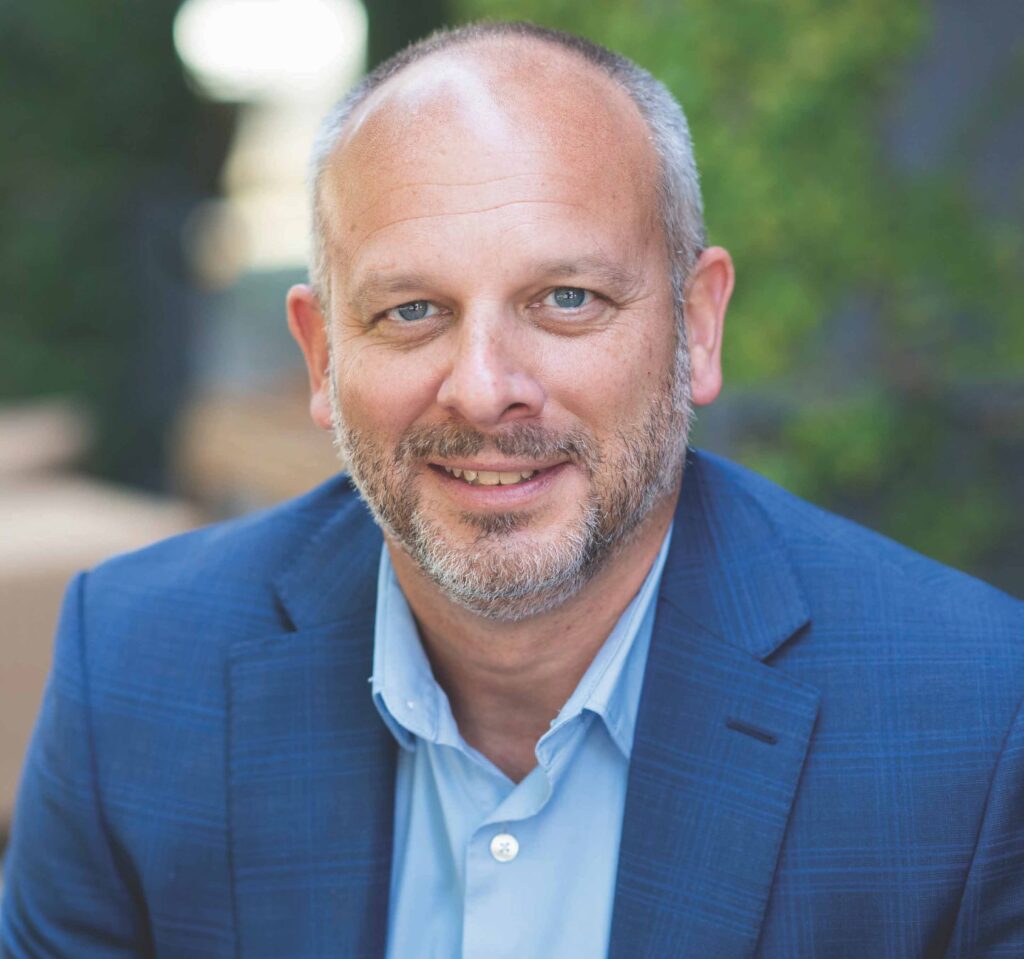Caught between runaway expenses and continued fears of an economic slowdown in 2023, many CEOs and CFOs are leaning into good old cost cutting in ways unseen by American businesses since the Great Recession of 2008 and 2009—and maybe before.
They’re dealing with a complicated picture, to be sure. Big-tech companies such as Google and Meta are laying off tens of thousands of employees even as America’s overall demand for labor, and the scarcity of qualified workers, continue unchecked for most businesses.
The supply-chain difficulties of the pandemic era seem to be moderating. Yet, inflation rates are still setting generational records while the Fed tries to damp down the fires with an unprecedented ramp-up in interest rates.
Another challenge: Many, if not most, business leaders with hands on the financial levers of their companies weren’t in such significant roles the last time American business was forced to deal with the indiscriminate demands of a rocky economy.
As a result, many companies are adopting a defensive crouch: 97 percent of CFOs recently surveyed by flexible-workspace provider IWG are cutting costs by more than 10 percent per annum, they said, as 91 percent of them believe a recession is on the horizon. Among global Fortune 500 CEOs, 74 percent said they plan to reduce office space.
At the same time, though, many CFOs and CEOs are taking advantage of this lull in corporate certainty not just to mitigate costs but also to initiate transformative measures that will launch their companies into a future that will commence at the end of whatever “now” is called.
Macy’s, for instance, has been wowing Wall Street with an inventory-control scheme that rid the department-store retailer of pandemic-era overstocks and rewarded consumers with roughly 55 percent merchandise newness for Christmas—30 percent higher than in 2019, CEO Jeffrey Gennette told analysts.
And Liberty Mutual is among those companies that have been slashing costs significantly by shifting to a cloud environment amid extreme revenue pressures in the insurance industry. By 2024, the company is aiming for a one-quarter reduction in annual IT expenses while it enjoys a much more flexible and resilient computing scheme.
Here are ideas from 15 CEOs, CFOs and other company leaders about how they’re effectively, and creatively, checking costs while continuing to overhaul their business. Interviews have been edited for brevity and clarity.
Regional chain of retail supercenters
CUT WASTE, LAYER BY LAYER
Erik Petrovskis, Director of Environmental Compliance and Sustainability, Meijer • Grand Rapids, Michigan

We are applying a number of levers in efforts to cut food spoilage and waste, which is a huge societal problem and a big cost for us. First is our ordering processes in the store. We used to have every manual pen-on-paper process, and now we have moved to a computer-integrated management system. We’re using previous sales as an input to do a better job of predicting quantities at any given time so that our accuracy cuts down on food waste.
Another feature is that when fresh produce comes in, it’s out on the store shelves in 24 hours. It takes some fantastic work in our distribution centers to make that happen.
We also have relationships with outfits that exist to cut food waste. Flashfood is an app we partner with for selling near-expiration food online for pickup at our service counters. And we have a partnership with [the nonprofit] Feeding America in which each of our 254 stores is aligned with a food bank. In 2021, we donated more than 13.6 million pounds of food.
Fintech-software provider
BRING THINGS BACK TO SQUARE ONE
Chen Amit, CEO, Tipalti • San Mateo, California
I actually just sent an email to our leaders 10 minutes ago asking them, if they had a clean slate today, how would we need to adjust to be more efficient? Starting with all the assets we have today, how would you now design your team and processes and responsibilities from scratch?
Because of our growth, we added people and manual processes that now aren’t required, for instance. So with a bit of automation, we would remove them. And our travel policy: It was put down in haste some time back, but now when we look at it, we see that it lacks controls. Not everyone heeded the policy.
Or, for example, in our software-implementation process for customers. We designed it a few years ago, but in the last couple of years, we added to our 14-step process, making it a 27-step process. People wanted to improve, protect and close gaps. But now it’s a long process that requires too many work hours and too much redundancy for customers, and some of the things are so nuanced that they happen only five percent of the time—so 95 percent of customers are suffering from what they don’t need.
Manufacturer of energy-management systems
REALLOCATE RESOURCES INTERNALLY
Josh Dickinson, CFO North America and Senior Vice President, Schneider Electric • Dallas

We’re constantly looking at portfolio management in a microenvironment so we can afford to go and invest in those things that are most strategic for us, with the longest-term focus.
If we see a growth segment in the U.S. that our selling forces today aren’t positioned to really attack, and we feel like it’s going to be a massive growth opportunity for our company, we need to cut strategically elsewhere. If we find areas of our business that we would favor if we were building the company from scratch today, we need to invest there and let other things fall to the bottom of the list.
Customer-engagement software provider
RESTRAIN TEMPTATION AMID GROWTH
George Deglin, CEO, OneSignal • San Mateo, California
Even when the economy was extremely strong, we kept our eye on expenses and on how we ran our business operations. We recognized it was likely that we were in a time of irrational exuberance, and things could shift very quickly. So we were aggressive in growth areas, but in a way that always kept an eye on business metrics.
We looked at our expense ratios and made decisions on the kind of balance we wanted to have among the different functional areas and about ratios of head count to [cash] burn. We also looked at the net burn divided by the number of employees we had and decided on a ratio that we decoded based on being a high VC-backed business. We stuck to that even with the temptation to hire more.
I’m glad we did it. We’ve been able to keep the burn lower than a lot of other companies around us and helped ensure the business is strong now, going into a less-strong economy. We didn’t have to make hard decisions about letting people go or curtailing our hiring plan. And it made us very desirable to a higher quality of investors, as well as able to utilize capital we bring into the business for a much longer period of time.
Publisher

LOOK DEEPER INTO THE DETAILS
Christina Van Tassell, CFO, Wiley • New York City
Cost cutting has become a way of life. We’re constantly trying to do things more efficiently. We’ll continue to try to be as efficient as possible.
First, we look at discretionary items. What things are we spending on that are empty calories? Things that aren’t moving the needle? For instance, people got very excited to travel again after Covid, after they’d been on the sidelines. So there have been lots of bumps in travel expenses, and we’re looking at those going forward.
Also, we’re looking at other discretionary spending, such as how much marketing we’re doing and what we’re spending our money on. Does everyone need to go to this conference? Can some people go hybrid? The good thing about Covid is that it opened eyes in terms of how people actually participate in something. Does everyone really need to be in the same room to do it? Technology can help people engage and participate.
E-commerce-fulfillment software company
DEPLOY PRODUCTIVITY-TRACKING TOOLS
Bismarck Lepe, President and CEO, Wizeline • San Francisco
In the last two and a half years, we’ve grown from 500 to 2,500 people, and managing access controls to all the apps they have is a pretty arduous task that used to require several full-time employees. Now, in becoming one of the first customers of Cerby, a new security platform that takes on the challenges of the “shadow IT universe,” we are able to do that much more efficiently.
Our own operating system also allows us to track what projects individuals have worked on, and with whom, to identify which teams work best to solve which problems for certain types of customers. So, if we face that same opportunity with another customer in the future, we can assemble teams faster.
It also allows us to make sure we keep utilization at a certain level. Most people can be trained to learn new skills, and we do a pretty good job of mapping what people want to work on. Sometimes there may not be the right fit—the right skills, but not the right cultural fit. So sometimes we make mistakes, but after hiring thousands of people, we have the right approach.
Strategy-execution software company
RATIONALIZE THE TECH STACK
Seth Elliott, Chief Operating Officer, Gtmhub • San Francisco

We’re reviewing all infrastructure expenses not related to employees to evaluate duplication in the context of achieving top-level objectives, key results and strategic initiatives. We’re reevaluating our current strategic initiatives and asking ourselves how we can do more with what we currently have. This includes reviewing our tech stack, evaluating our SaaS licenses and ensuring oversight for purchases above a certain threshold.
The first area where we looked to cut costs was a review of our entire tech stack to see what technologies, if any, we didn’t need. For example, we noticed some duplicative technologies or software we’d stopped using altogether but had yet to cancel, which allowed us to free up spending in those areas.
Similarly, we’re asking teams to decide whether everyone in the company needs access to certain technologies for core initiatives, or if it’s only being used by a handful of employees, to see where we can cut back on licenses and attached fees. While this might seem like a small drop in the bucket, when you’re an organization of almost 400 people, evaluating how you use technology and who has access can make a big difference.
Fintech software company
RECONSIDER THE VALUE OF YOUR BIGGEST BETS
Bill Koefoed, CFO, OneStream Software • Birmingham, Michigan
We spend a lot of money on marketing, so we’re continuing to work on efficiency. I’m sure the marketing team thinks we should spend more, but we’ve been growing the marketing budget quite a bit in the last two or three years, and now we’re learning a lot about what works and doesn’t work and trying to get more efficient as an organization.
For instance, digital works really well for us. That’s been an important driver of leads. But brand awareness involves tougher decisions. We’ve sponsored some relatively high-profile athletes over the last couple of years, including [golfers] Bryson DeChambeau, Marc Leishman, Sophia Popov, Hudson Swafford and [tennis player] Jamie Murray, and that’s something we’re now evaluating the ROI on.
We’re focusing on marketing spend where we know there’s ROI and questioning the ones that are a little more vague.
Gaming-software developer
FINE-TUNE THE HYBRID WORK MODEL
Daryl Holt, Senior Vice President and General Manager, EA Sports • Orlando

We’re constantly looking at how to be cost-effective while driving innovation forward. So when we’re dealing with hybrid work and a return to the office, and the future work model, we have to be listening to employees and finding the right balance.
With some problems, we can sit back and say, “You’re an individual working, but there are very important things that must be solved collaboratively.” You try not to let one approach trump the other. You have an understanding with your employees to say, “How do we pull the right method out of the toolbox at the right time to get the work done?”
That’s where we are today. We had an element of understanding about what we had to do when we were remote, and what we need to return to or find a way to do differently. That’s where people are struggling, but we need to find flexibility.
Veterinary-health app provider
TREAT OFFICE SPACE LIKE IT’S ON VRBO
David Toomey, Lead Counsel, Fuzzy • San Francisco
We were sharing a co-working space and loved it, but we found ourselves getting too big for it to be practical. Conference space was hard to come by, for instance. And our remote-first workforce wanted to be in the office only two days a week.
After months, we found Codi, which operates office space on a timeshare model, and they offered us space for two days a week at a price equivalent to that for the co-working space we were using. There are costs, but they’re about equivalent to an office manager’s salary.
The space is about 3,000 square feet in Chinatown, and it’s super fun. We stocked it with 16 desks and then took out half of them and put in chairs and couches instead. While we’re there, the whole space is ours, and we can have a beer on the roof deck and relax, which we couldn’t do with a co-working space. We don’t know what happens with the space the other days of the week.
Board-intelligence software company
ADOPT ZERO-BASED BUDGETING
Colin Cunningham, CFO, OnBoard • Indianapolis

We’re doing bottoms-up budgeting in preparation for the headwinds we might face this year. You see the layoffs at Amazon and Twitter, and you can’t ignore market trends. It’s a healthy way to budget.
We’re actually going over all of our cost structures and using historical run rates and trends. But just because you had it last year doesn’t mean you have it this year. We’re looking under rocks to see what we have. It’s uncovered some things we didn’t realize before, such as software subscriptions that no one is using.
The reaction has been pretty healthy. Some departments might need more investments than others as we go into 2023. If you find [resources] in sales and marketing that you can shift to product or engineering, it’s kind of a win. We have a team approach of everyone being on the same page of not protecting their [budget] but making sure everything is validated, and we can drop it to the bottom line or optimize our spending somewhere else.
Diversified services enterprise
ADJUST YOUR TIME HORIZONS
Tim Nowak, CFO and Vice President, Southwestern Family of Companies • Nashville
We started a thing called “a rolling 13,” where each week we look at the next 13 weeks out for cash-flow forecasting and use data from the field and our [unit] leaders to try to predict what our revenue cycle or cash needs are. Before, each group looked ahead differently, but it wasn’t weekly, and they didn’t only look at 13 weeks.
Anything beyond 13 weeks becomes hard to predict. This trend gives us enough time to see trends without looking at what’s irrelevant the further out you get. It’s to make sure we’re in the details of the business.
For instance, it’s helped our discretionary spending in different areas, such as telling from the results of a particular marketing campaign whether you need to put a pause on planning to launch another one. We also had set up vendors to pay on an annual basis in some contracts, and now, based on how the business is functioning in the rolling 13, do we need to go back to that vendor and renegotiate, or go back to paying monthly or quarterly to match the cash flows if the seasonality of the business has changed?








